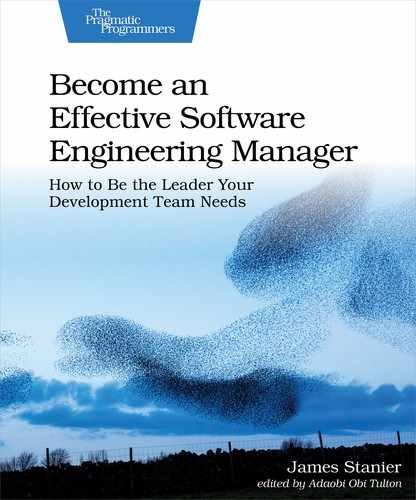Life, the Universe, and Everything in Between
Human beings, for as long as they’ve been on this planet, have pondered the meaning of life. Why are we here? What should we be doing? What does it all mean? The answer to that question depends on the individual. Some find inspiration in their faith, others in their families. Some seek power and wealth, whereas some seek simplicity and peace. Some believe that the answer is 42.
Research into the areas of the world where people live longer and healthier lives [Bue10] identifies a number of common characteristics exhibited by those that live there. In addition to somewhat expected lifestyle traits such as moderate, regular physical activity; a plant-based diet; and engagement with family, close friends, and the local community, an important part of a long and fulfilling life is purpose.
Purpose is not about economic status or a feeling of well-being. It’s about a life worth living. Okinawa Prefecture in Japan is one of the areas identified as a hotspot for human longevity. The term ikigai, which roughly translates into English as what you live for, is thought to have originated there. Ikigai is about identifying the source of value in one’s life: having a compelling desire or goal for the future that propels you forward.[48]
Work is where most of us spend a significant portion of our lives and is also where we focus a significant portion of our attention. You’re reading a book about management, after all! For those of us fortunate enough to have skills that are broadly applicable, in demand, and compensated well, we often have the ability to exercise a great deal of choice in exactly what we want to do with our careers: where to work, what to assist in creating, and how we wish to develop as professionals. While this can be seen as a luxury, it can also be seen as a curse: the overwhelming amount of choice can lead us into a state of paralysis and can breed a continual fear of missing out on other opportunities.
Some of the communities that exhibit the greatest longevity and happiness, ironically, are those in which socioeconomic and geographical factors somewhat limit their choice in how they live their lives. They eat healthily because nuts, fruit, and vegetables are often the cheapest food. They exercise more because they have to walk more in their local area. Their choice of work is limited, so they’re more accepting of what they have. Sometimes having fewer options works out better.
That’s why the exercise that we’re going to do in this chapter is so valuable for you and your staff. Not only does it give an opportunity to be introspective in a structured and supported way, it allows those that take part to consciously study and therefore narrow down the direction in which they are going in the short term by defining a compelling future for the long term.
An important thing to remember about our careers—and our futures—is that they are fluid. As we progress through our lives, our vision of the future will change. What did you think you were going to be doing with your life when you were eleven? How did that compare to what you thought at eighteen? What about now? It’s guaranteed to change in the future, too. Even within the world of work, nothing is permanent. In the United States in 2018, the average length of tenure at a technology company was recorded at around four years.[49]
People move on all the time to seek new opportunity, higher salary, novel challenges, and varied locations. Given that lifetime employment at a company is a thing of the past, we need to accept that our staff will eventually move on somewhere. However, while they’re here, we should look to define tours of duty [HCY14] that allow them to reach the next step in their career without operating under the false pretense that they’re going to keep them forever. The same applies to you.
This means that we need to keep two things in mind at any given time with respect to our careers:
- The current plan, which is usually defined in a period of a year.
- The long-term vision, which we’re always moving toward.
That’s what we’re going to do in the following exercise. We’ll begin by thinking about the future. We’re going to go through the exercise together first, and then once you’ve done it, we’ll summarize how you can deliver it to your staff via a series of coaching sessions.
